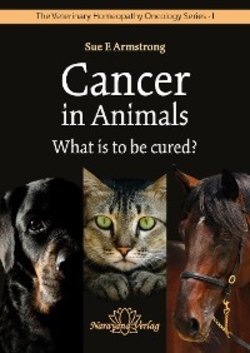Читать книгу Cancer in Animals - What is to be cured? - Sue Armstrong - Страница 8
INTRODUCTION
ОглавлениеCancer is not a new disease; it has been a part of the story of humans and other animals from the beginning of cellular life on earth. A fossilised rib excavated from a shallow cave at Krapina, Croatia, came from a Neanderthal living 120,000 years ago and was found to have the same bone tumour type that is commonly found in humans and animals today. Bone is the most common tissue remaining from our ancestors and one of our few tangible connections with the dead. Other examples of cancer, in other organs and tissues, have been found in Egypt in the mummified remains of humans living between 1000 and 4000 years ago, confirming that we have a long history of living and dying with cancer.
Cancer is nearly always viewed as the enemy, a terrible disease that we have to eradicate and fight. Every cancer charity, government and organisation talks in this way, making us deeply fear not only the disease but the very word cancer. I have patients who cannot even bear to see the word written, and resort to such requests as “Please do not use the ‘c’ word”. There is perhaps a greater depth to the story of cancer than is obvious at first sight: cancer may well be inevitable for at least a percentage of us and our animals if we do not die prematurely from other causes such as accidents, epidemic diseases or poisoning. However, only a percentage will inevitably succumb to cancer; other causes of age-related death such as non-neoplastic major organ failure will be the ending for others. Throughout time the volume and nature of the threats that can lead to premature death have changed. As we both identify the threats and learn to deal with each of them, minimising their impact on the health of humans and animals, we are still left with the inescapable birth, life and death scenario of each individual and the natural processes of ageing and dying.
